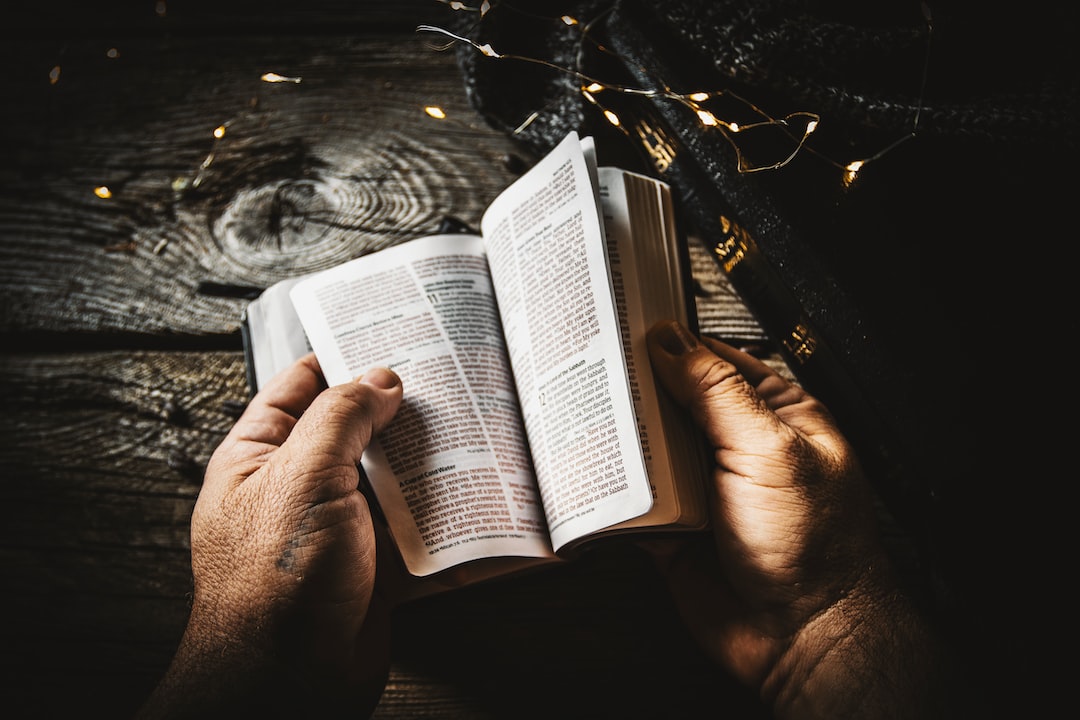The art of prayer: Exploring different prayer techniques and their significance
Prayer is a universal concept that has been practiced by various cultures and religions throughout history. It serves as a means of communication with the divine, a way to seek guidance, express gratitude, and find solace in times of distress. While the act of praying may seem simple, it is a deeply personal and spiritual experience that can be approached in various ways.
One of the most common forms of prayer is through verbal communication. Many individuals find solace in expressing their thoughts and emotions through spoken words, whether it be silently or aloud. It is a direct way to communicate with the divine and seek answers to one’s prayers. Verbal prayer can take the form of supplication, where one humbly asks for divine intervention and guidance. It can also be a form of thanksgiving, where one expresses gratitude for blessings received. The significance of verbal prayer lies in its ability to create a personal connection between the individual and the divine, fostering a sense of closeness and understanding.
Another technique often employed in prayer is meditation. Meditation involves clearing the mind of all distractions, focusing on the present moment, and connecting with the divine through silence and stillness. It is a powerful tool for achieving inner peace and spiritual enlightenment. During meditation, individuals may repeat a mantra or sacred words to intensify their connection with the divine. The significance of meditation lies in its ability to offer a profound sense of tranquility and self-awareness, leading to a deeper understanding of oneself and one’s relationship with the divine.
In some religious traditions, physical gestures are also incorporated into prayer. These movements serve as visual demonstrations of devotion and reverence. For instance, in Islam, Muslims engage in Salah, a form of prayer that entails specific bodily movements, such as bowing and prostrating, to demonstrate submission to Allah. In Hinduism, various mudras (hand gestures) are employed to signify different aspects of prayer and worship. The significance of these physical gestures lies in their ability to engage the body in worship, aligning it with the intentions of the heart and mind, thereby creating a more holistic and immersive prayer experience.
Prayer can also involve the use of sacred objects or symbols. These objects hold deep spiritual meaning and are believed to aid in the process of prayer. For example, Christians often use rosary beads to help count their prayers and maintain focus during the recitation of repetitive prayers, such as the Hail Mary. In Buddhism, prayer wheels are spun clockwise, symbolizing the spreading of positive energy and good fortune. The significance of sacred objects in prayer lies in their ability to serve as physical reminders of the divine presence, enhancing the individual’s concentration and devotion.
In addition to these traditional prayer techniques, individuals may explore newer forms of prayer, such as journaling or artistic expression. Journaling serves as a way to record personal thoughts, emotions, and prayers, providing a tangible means of reflection and self-exploration. Artistic expression, such as painting or dancing, allows individuals to communicate with the divine through a non-verbal medium. These alternative forms of prayer enable individuals to connect with the divine in a manner that resonates with their unique personalities and talents.
While the methods of prayer may vary across religions and cultures, the significance of prayer remains constant – it provides a means to establish a connection with the divine, seek solace, guidance, and express gratitude. It is a deeply personal and spiritual practice that helps individuals cultivate a sense of inner peace and a deeper understanding of themselves and their place in the world.
Regardless of the technique one chooses, prayer ultimately serves as a powerful tool for spiritual growth and enlightenment. It is a practice that offers solace, strength, and guidance in times of need, while also fostering a sense of gratitude and connection with the divine. This ancient art has withstood the test of time, transcending cultural and religious boundaries, and continues to be a source of comfort and inspiration for millions around the world. Whether through verbal communication, meditation, physical gestures, the use of sacred objects, or alternative forms, the art of prayer remains a transformative and deeply meaningful practice.

